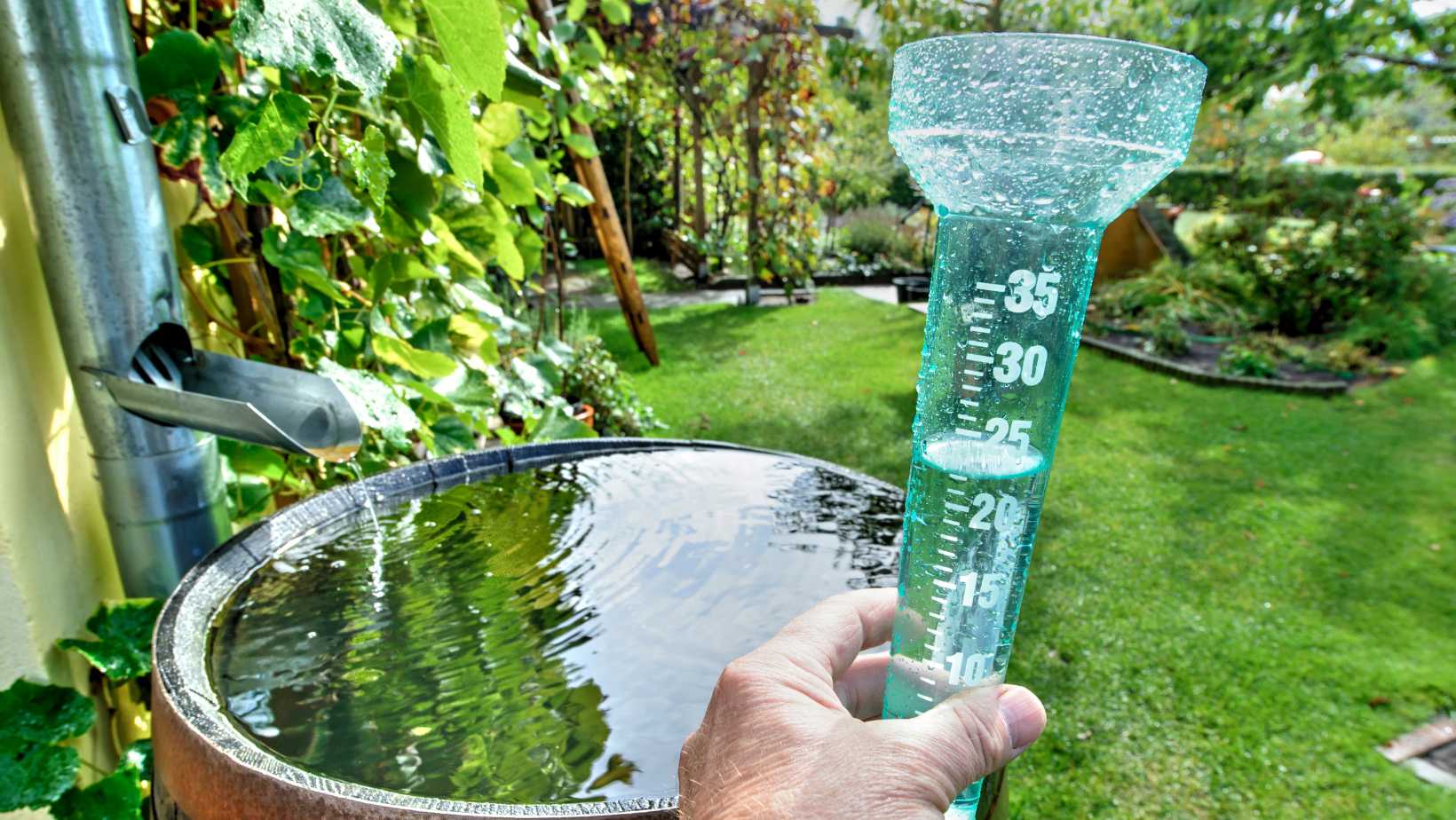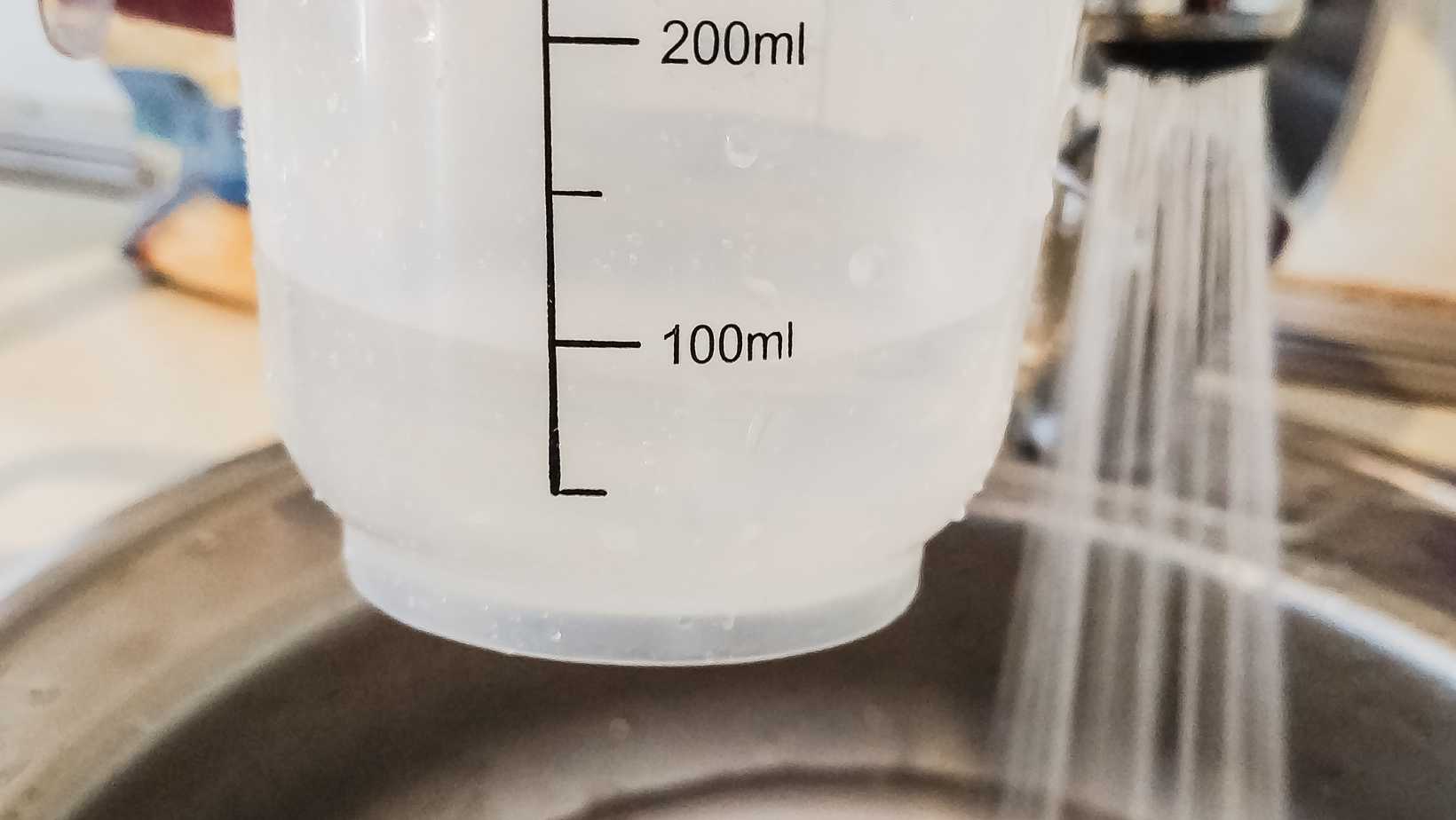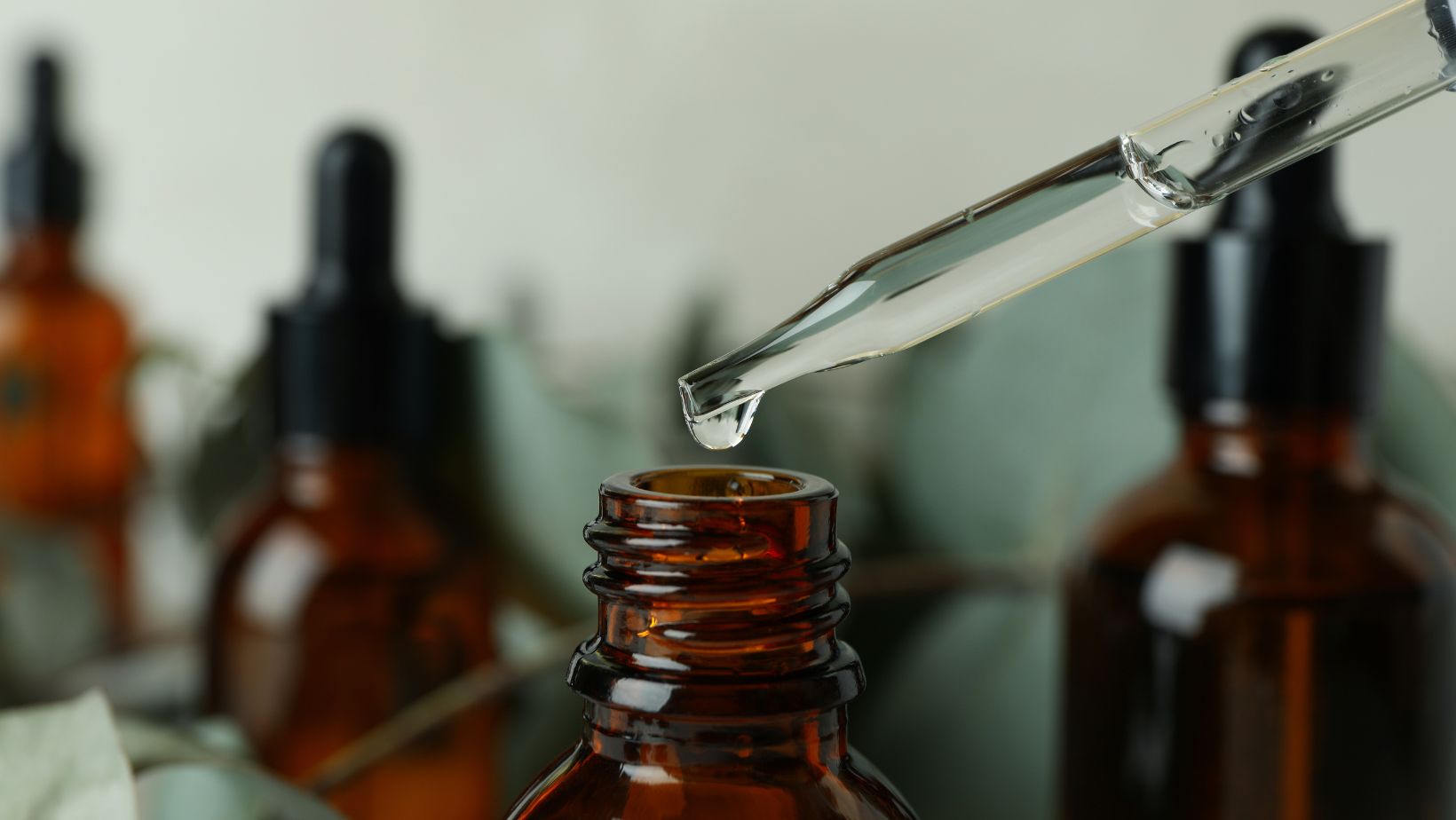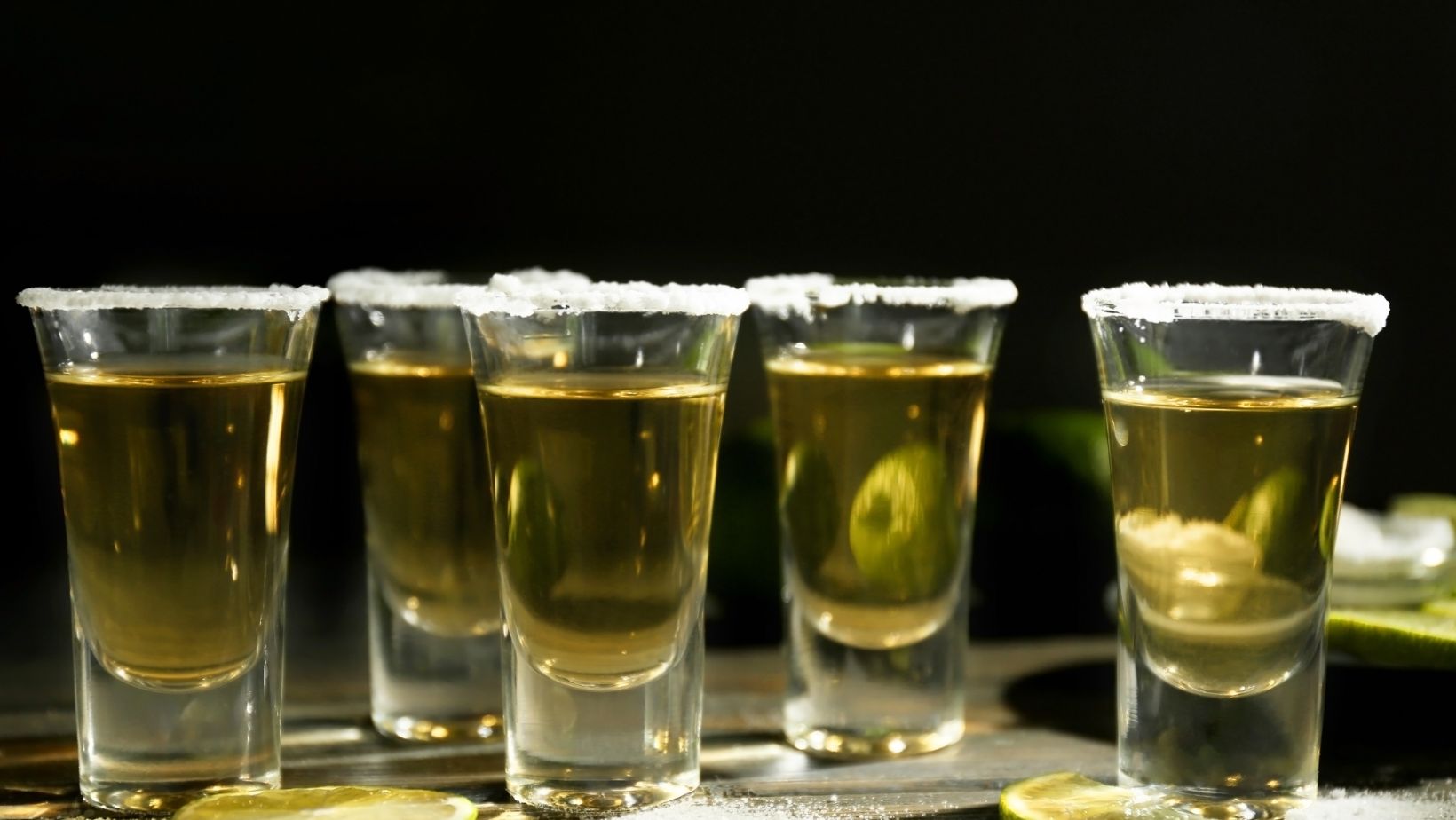How Many ML Are in a Bottle of Water? Unveiling The Truth

When it comes to determining how many milliliters are in a bottle of water, there isn’t a one-size-fits-all answer. The volume of water in a bottle can vary depending on the brand, size, and type of packaging. However, I can provide you with some general information that may help.
In most cases, bottled water is available in different sizes ranging from small individual bottles to larger ones meant for sharing or refilling reusable containers. A typical single-serving bottled water usually contains around 500 milliliters (ml) or 16.9 fluid ounces (fl oz). This size is commonly found in convenience stores or vending machines.
If you opt for larger bottles, they often come in sizes like 1 liter (1000 ml) or even 1.5 liters (1500 ml). These bigger bottles are more commonly seen on supermarket shelves and are suitable for those who prefer to have more water readily available.
It’s important to note that these measurements are approximations and can vary between brands and regions. Always check the label or product description for specific details regarding the volume of water contained within a particular bottle.
How Many ML Are in a Bottle Of Water
The Impact of Bottle Shape on Capacity
When it comes to determining the capacity of a bottle, one crucial factor to consider is its shape. Different bottle shapes can have a significant impact on how much liquid they can hold. For example:
- Tall and narrow bottles: These types of bottles tend to have smaller capacities due to their slender design. They are commonly seen in single-serve water bottles or soda cans, which usually hold around 330 ml (11 oz) or less.
- Wider and shorter bottles: In contrast, bottles with a wider base and shorter height often have larger capacities. This design maximizes the volume that can be stored within the given dimensions. You’ll typically find this shape in larger water bottles, ranging from 500 ml (16 oz) up to 1 liter (33 oz) or more.
Environmental Factors And Bottle Capacity
Apart from bottle shape, environmental factors also play a role in determining their capacity when filled with liquid:
- Temperature: Changes in temperature can cause expansion or contraction of materials used in bottle production, affecting how much liquid they can accommodate.
- Altitude: At higher altitudes where atmospheric pressure is lower, air inside sealed bottles expands while liquid contracts slightly. This phenomenon may lead to a decrease in overall capacity.
- External pressure: External forces exerted on a bottle can compress it slightly and reduce its volume temporarily.
While these factors may have a negligible impact on the everyday use of water bottles, they are worth considering in specialized situations or when dealing with extreme variations in temperature, altitude, or pressure.

Understanding Fluid Ounces vs. Milliliters
When it comes to determining the volume of a bottle of water, it’s essential to grasp the difference between fluid ounces and milliliters. This knowledge will help you accurately measure and understand the amount of water you’re consuming. So, let’s dive in and unravel this mystery.
Fluid ounces (fl oz) and milliliters (ml) are two commonly used units for measuring liquid volume. While both are used worldwide, they represent different measurement systems. The United States primarily uses fluid ounces, while most other countries utilize milliliters as their standard unit.
To put things into perspective, here’s a breakdown of how these measurements compare:
1 fluid ounce (fl oz) is approximately equal to 29.57 milliliters (ml).
Now that we have established the conversion rate between fluid ounces and milliliters, let’s explore some practical examples:
Example 1: If you have a 16 fl oz bottle of water, it contains roughly 473 ml.
Example 2: A larger bottle containing 33.8 fl oz would have approximately 1000 ml or simply one liter.
It’s worth noting that bottles vary in size depending on the brand or type of water being sold. Common sizes range from small single-serving bottles to larger ones meant for sharing or refilling reusable containers.
Understanding these measurements can be beneficial when tracking your daily water intake or comparing product sizes at the grocery store. It ensures you make informed choices based on your specific needs.
So next time someone asks “how many ml are in a bottle of water,” remember that it depends on the size indicated in fluid ounces. By understanding how to convert between these units, you can confidently navigate through different packaging options and stay hydrated throughout your day.
In conclusion, knowing how many milliliters are in a bottle of water requires converting from fluid ounces using the approximate conversion factor mentioned earlier. With this understanding, you can quench your thirst while keeping track of your water consumption more accurately. Stay hydrated and make informed choices!




